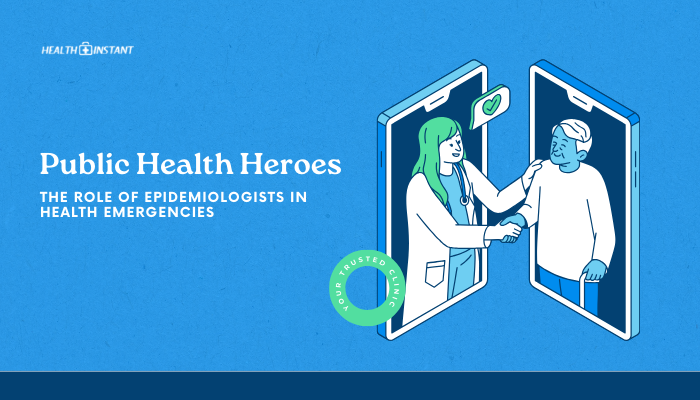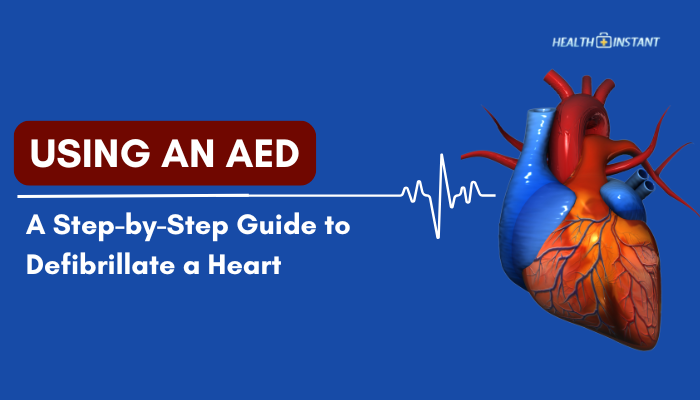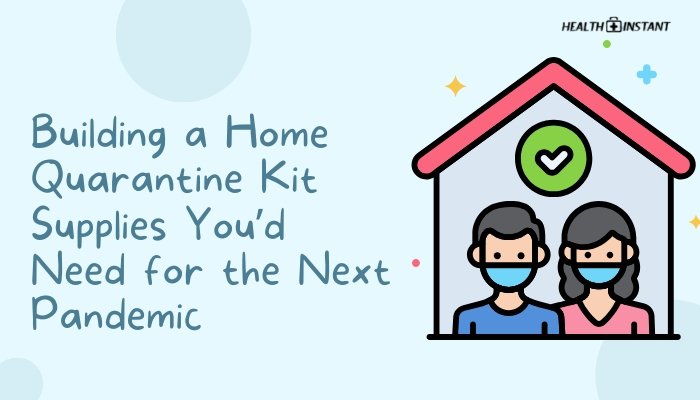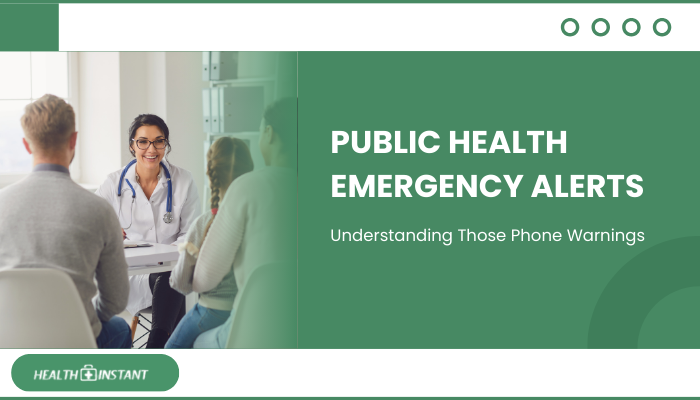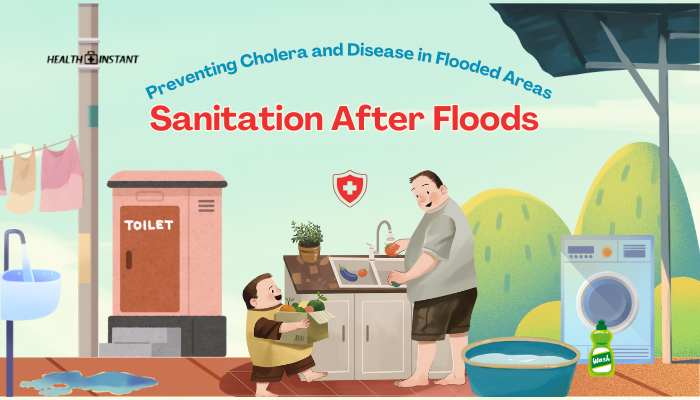What is Carbon monoxide Poisoning?
Carbon monoxide is gas that can be toxic when inhaled in great amounts by humans and animals. This gas is colorless, odorless and does not have taste and is found higher than air. Accordingly, this gas is produced normally by animals but in small quantities. As this is colorless and odorless, it has been found lethal when undetected and when inhaled in great amounts. As mentioned, this is a product of animals or from combustion. In the industrial setting, this gas product is produced by some motor vehicles, old equipments, and other appliances. Other sources include heaters, stoves and generators.
Carbon monoxide poisoning can be lethal when not treated immediately. This is also noted as a common type of fatal poisoning and also has been used as a tool for committing suicide, according to some reports. Others even die of carbon monoxide accidentally when people accidentally fall asleep in their locked cars with the engine on. But nowadays, this has been controlled for newer cars are made with controlled combustion controls. Theory behind haunted houses is linked to the possible inhalation of carbon monoxide of a visitor, stimulating the affected to have hallucinations or delirium.
Levels of carbon monoxide in a patient’s body can be assessed by the use of Breath CO that can monitor and display the carbon monoxide concentration in the blood. This can be done by exhaling through the Breath CO. But this is not entirely a suitable diagnostic tool for carbon monoxide poisoning because of the possibility of the patient to be unconscious at the time of arrival in the emergency room. Another diagnostic tool is called CO-oximeter that can determine the carboxyhemoglobin levels of the body. This is a more convenient tool, for it uses of a finger to attain the assessment (just like the pulse oximeter).
Carbon monoxide poisoning Symptoms & Signs
Since carbon monoxide is a toxic gas, its presenting symptoms rely on the amount of concentration or toxicity level which a person has inhaled.
Less concentrated carbon monoxide that was inhaled would produce:
- Headache and dizziness
Higher dose of carbon monoxide shall produce these symptoms:
- Headache accompanied by loss of judgment.
- Nausea and convulsions may be possible too.
Toxic doses of carbon monoxide can result to:
- Unconsciousness
- Death in less than two hours
- This may be due to respiratory arrest
- Convulsions and tachycardia are manifested
Also signs and symptoms may be categorized according to acute and chronic poisoning:
Acute poisoning
This can result to affectation of the central nervous system and the cardiac system. Initially, the client may manifest headache, body malaise, and fatigue. It shall indicate that cardiac system is affected when there is tachycardia, hypotension, and arrhythmia. In addition, the central nervous system is affected when the patient complains of hallucinations, dizziness, confusion and possibly death.
Chronic poisoning
Even though a person has been exposed to low-level carbon monoxide, the fact that it has been persistent, this can cause for permanent neurological damage. Memory loss can also be a result from chronic poisoning.
Effects of carbon monoxide poisoning
The general effect of carbon monoxide poisoning is dangerous to one’s health. This is due to the inability of a person to identify if he or she has inhaled the toxic gas, because it’s colorless and has no odor. The effect of carbon monoxide poisoning is directed to the nervous and cardiac systems. The patient would initially experience headache accompanied by dizziness then comes along weakness, heart affection and confusion.
This can provide a fatal effect on affected pregnant women and the life that has not been born. Carbon monoxide poisoning is said to cause fetal tissue hypoxia, depleted oxygenation for the fetus. Also, carbon monoxide can pass through the placenta and affect directly the unborn child. Fetal morbidity is high while it can also provide increased mortality to the fetus.
Carbon monoxide Poisoning Treatment
The aim of treatment for carbon monoxide poisoning is to remove the patient from the source of carbon monoxide. Reduce the carbon monoxide poisoning if it’s possible. As soon the patient is removed from the source, going to the emergency department for care is a must.
As the person is submitted in the hospital, the following care is provided for them:
- Provide oxygen. High dose oxygen is provided via face mask in order to provide good amount of oxygenation.
- If resuscitation is necessary, then it should be done. Advanced cardiac life support is also a standard treatment for carbon monoxide poisoning, especially when cardiac problems are being manifested.
- Levels of carbon monoxide in the system will be regularly checked in order to asses for the developing state of the client and to assess for the effectiveness of the treatment provided.
- As there is a possibility that the patient has acquired a severe amount of poisoning, he or she may be placed in a hyperbaric pressure chamber in order to provide the suitable amount of oxygen.
- When a patient is having a seizure as a result of the poisoning, they should be taken care with great amount of care. They should be placed in a side lying position to avoid aspiration. Do not attempt to place anything in the mouth of the client when seizure is on progress. Provide antiepileptic agents such as diazepam or dantrolene.
Carbon monoxide poisoning Prevention
This can be prevented when you install in your home or office a carbon monoxide alarm. This can be very helpful in detecting for amounts of carbon monoxide that may be possibly leaking from the system. This is quite helpful in offices and in homes especially when most of smoke detectors do not have carbon monoxide detectors.
One can also prevent by checking one’s home for possible hazards and that of the possible sources of carbon monoxide. Check or let it be checked by professionals. These appliances or equipments would include heating system, ovens, ranges, ventilation system, and engines that are in enclosed areas.


